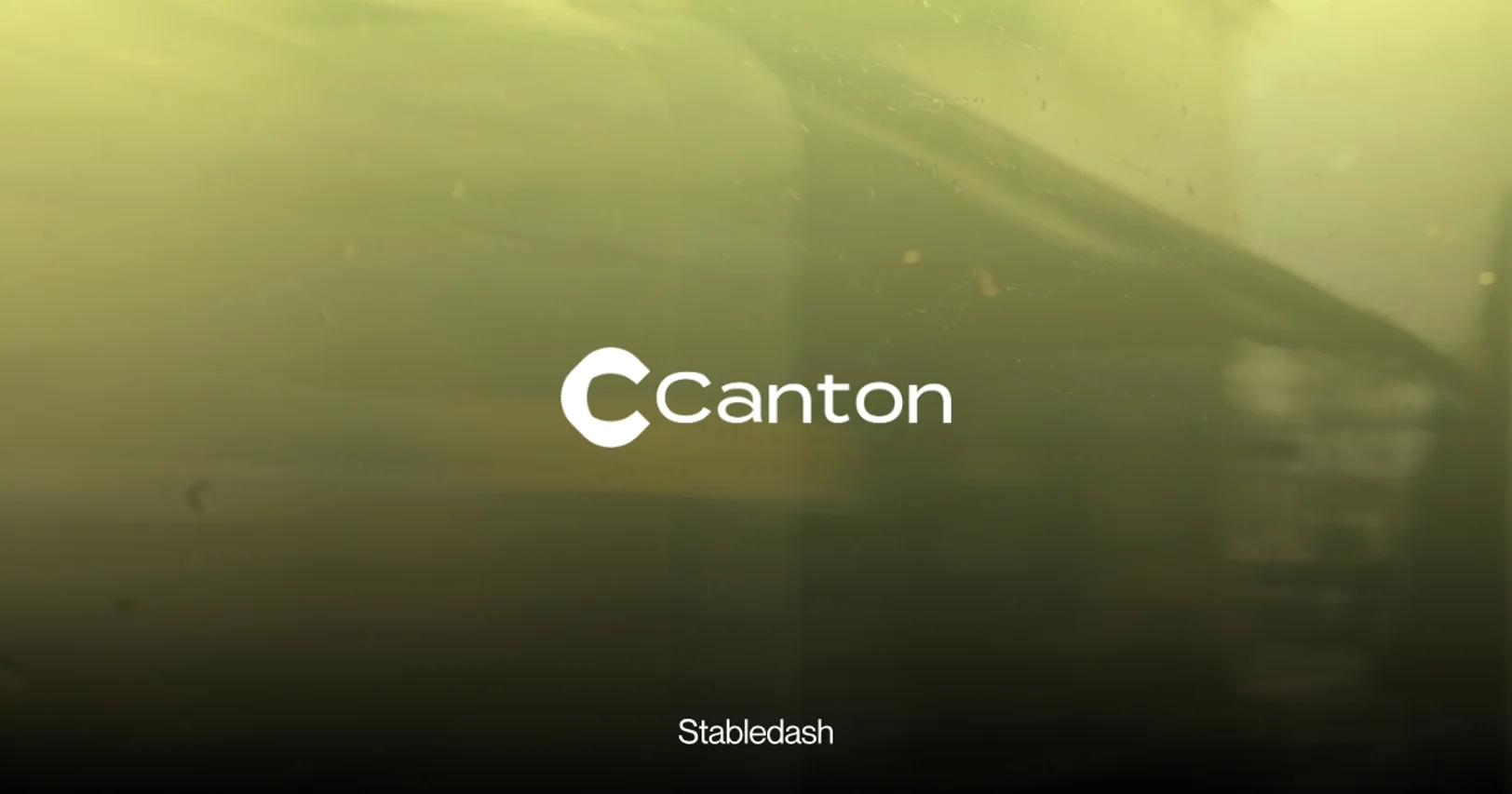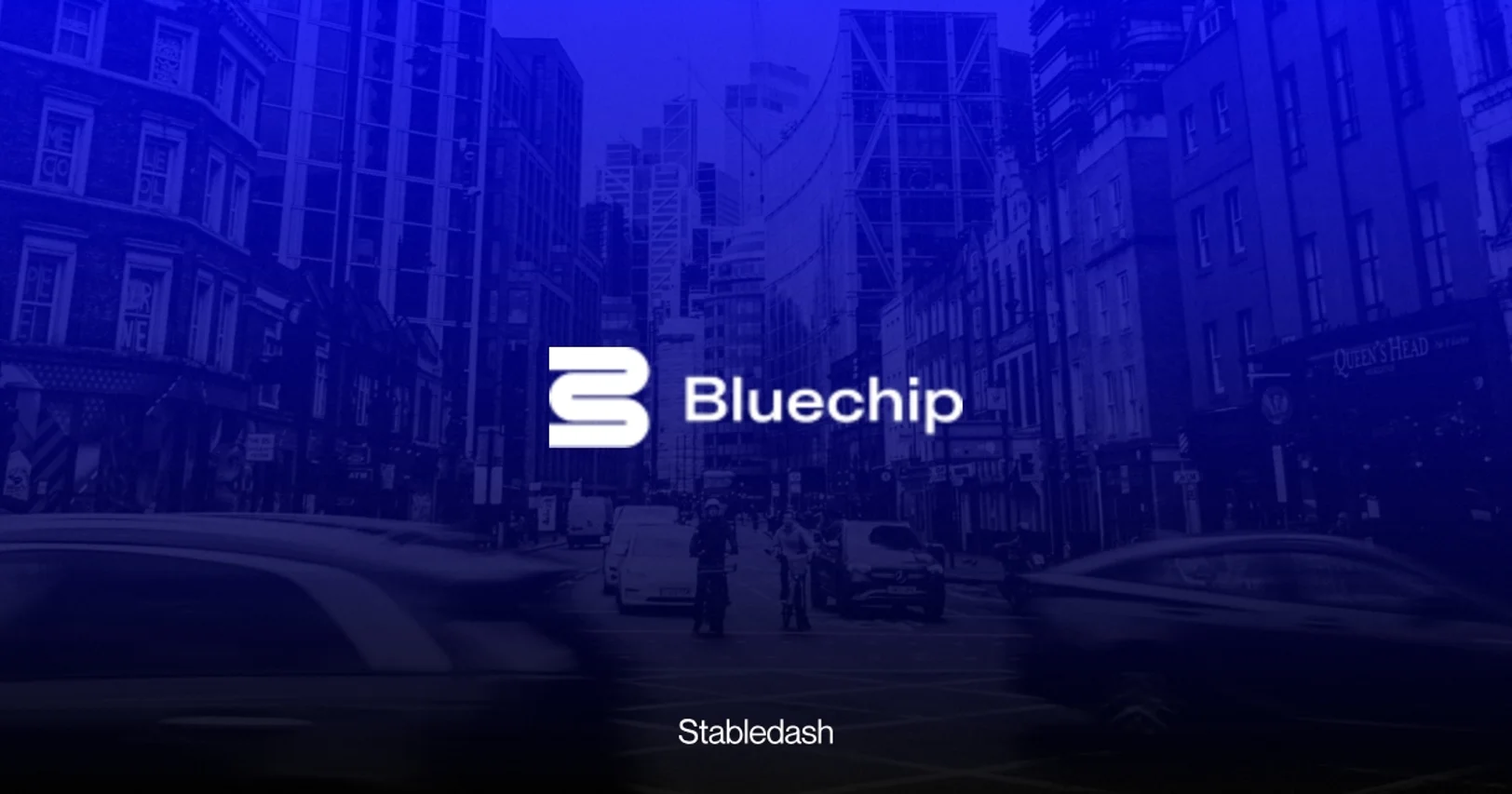Insights
Behind Dollar Cards: How Rain and Visa Are Rebuilding Global Payment Settlement
Rain's stablecoin-native infrastructure is unlocking dollar-denominated cards for consumers in emerging markets who previously had no access to digital dollar infrastructure.
November 6, 2025

Behind Dollar Cards: How Rain and Visa Are Rebuilding Global Payment Settlement
In Latin America, "dollar cards" enable everyday purchases like coffee or flights using Visa networks, invisibly backed by stablecoins like USDC and USDT, allowing instant 24/7 settlements without users knowing about blockchain tech.
Visa partners with Rain to overcome traditional banking constraints by using stablecoins as a continuous rail, reducing credit risk and boosting efficiency
Rain's agnostic infrastructure powers neobanks, freelancer platforms, and payroll in emerging markets, slashing fees, replacing cash/SWIFT, and enabling "global banking-as-a-service" without traditional banks for underserved regions.
In Latin America, a new term is entering everyday vocabulary: "dollar cards."
These aren't corporate expense tools or crypto trader off-ramps. They're becoming top-of-wallet payment methods for consumers buying coffee, booking flights, and paying for everyday expenses. All without ever understanding that stablecoins power the infrastructure underneath. Users see a dollar balance in an app, tap their card wherever they see the Visa logo, and the purchase processes instantly.
This quiet transformation required solving a problem most people don't realize exists. While Visa can authorize 65,000 transactions per second across 150 million merchants worldwide on a 24/7 basis, actually settling those transactions remains constrained by bank holidays, wire cutoff times, and financial infrastructure that only operates five days a week.
The partnership between Rain and Visa represents a fundamental reimagining of how money moves through payment networks.
This infrastructure transformation is already supporting a massive ecosystem. The stablecoin market has exceeded $300 billion in total supply, with USDC and USDT dominating.
Loading...
The Settlement Bottleneck at the Heart of Global Payments
Cuy Sheffield, Visa's Head of Crypto, points to an insight that shaped the company's entire stablecoin strategy. Despite operating the most sophisticated payment authorization network on the planet, Visa's treasury team still struggles with bank holidays. Different countries observe different holidays, creating random days when value simply cannot move through the system. Authorization happens on Friday, a bank holiday hits Monday, and settlement doesn't complete until Tuesday.
Credit risk builds up during these gaps.
The vision emerged from this constraint: leverage stablecoins as a new settlement rail that works continuously. Instead of competing with Visa's existing capabilities, stablecoins could enhance them. Combine Visa's authorization speed and global merchant acceptance with blockchain-based settlement that never takes a day off. Sheffield describes this as Visa potentially becoming "a layer two on top of stablecoins as a new settlement network."
But executing this vision required more than just technical integration. Visa needed a partner who understood both blockchain technology and traditional payment infrastructure at a deep level.
Not a crypto exchange looking to add withdrawal features for existing traders, but a company architected from inception to make stablecoins function as actual money within existing financial systems.
Rain: Built for Stablecoin Payments Before They Were Mainstream
When Rain approached Visa around 2022, they represented something Sheffield hadn't encountered in previous crypto card partnerships.
The company was crypto-native with deep blockchain and smart contract expertise, but focused exclusively on stablecoins rather than volatile crypto assets. Their goal wasn't serving existing crypto customers. It was building general-purpose financial products for mainstream consumers and businesses.
Rain's founding insight came from building a document generation tool for angel investments on traditional ACH rails. When customers requested USDC payment support, the contrast was immediate. ACH transfers took 7-10 days and triggered worried inquiries about whether money had disappeared. Stablecoin transfers completed instantaneously.
Early research showed that businesses operating in the digital asset ecosystem were holding hundreds of thousands to billions of dollars in stablecoins but couldn't actually spend those funds on normal business expenses like cloud infrastructure, advertising, or travel.
Rain's response was building proprietary technology to bridge on-chain assets with Visa network messages.
The technical requirements were demanding: receive Visa authorization requests, query on-chain balances across multiple blockchains, authorize transactions in under 200 milliseconds, prevent double-spending, and ensure funds availability for settlement. Rain built a fully stablecoin-native stack where all customer settlements happen in stablecoins, and all payments to Visa settle in stablecoins on-chain.
But Rain made a critical strategic decision that differentiated them from other crypto-focused payment companies: complete blockchain and stablecoin agnosticism. Rather than betting on a single winning chain or token, Rain built infrastructure to support any blockchain and any stablecoin issuer. This flexibility proved essential as different markets showed preference for different chains and tokens, and as Visa expanded support beyond USDC on Ethereum to include additional stablecoins and blockchains like Stellar and Avalanche.
Rain's architecture positions them as what Farooq describes as "the de facto technology partner" as more institutions engage with Visa and more companies launch stablecoin-powered programs across multiple jurisdictions.
Visa's Treasury Evolution: Adding Dimensions to Settlement
Integrating stablecoin settlement into Visa's network required reconceptualizing treasury operations in entirely new dimensions.
Historically, Visa's treasury operated in two dimensions: receiving dollars and paying out any of 27 supported currencies, enabling foreign exchange at scale. Adding stablecoins introduces a third dimension: the form factor of currency itself. Dollars can arrive via Fedwire or as USDC or USDG. Each requires different redemption processes.
The fourth dimension is blockchain networks.
Visa must now handle any brand of stablecoin running on any supported blockchain, receiving various combinations and converting to any currency on the other side. Visa's approach was methodical: start with USDC on Ethereum, establish processes for receiving and redeeming stablecoins, then carefully expand. Even during the 2022-2023 bear market when stablecoin enthusiasm had cratered, Visa continued building fundamental capabilities for onchain money movement.
This groundwork positioned Visa to scale rapidly as regulatory clarity emerged and demand accelerated.
Rain became the first partner to achieve fully automated seven-day-a-week settlement with Visa, settling transactions on Sundays and Saturdays. Something most network partners cannot claim.
Loading...
The stablecoin market has exceeded $200 billion in total supply with onchain transaction volumes surpassing $8.9 trillion in the first half of 2025 alone. USDC and USDT dominate with combined market share above 80%, processing everything from DeFi transactions to cross-border remittances.
Consumer Reality: Invisible Infrastructure, Universal Access
The applications Rain enables through its infrastructure reveal the true consumer impact.
Their technology powers USD neobanks for Latin American consumers, freelancer payment platforms that help gig workers earn and hold dollars globally, and payroll solutions providing earned wage access in markets that previously lacked such capabilities.
The common thread: consumers use these products without understanding or caring about the blockchain technology underneath.
Behind the scenes, Rain queries onchain balances, authorizes transactions across public blockchains, settles with Visa in stablecoins. All invisible to both consumer and merchant.
When asked what a stablecoin is, most users have no idea.
It's just money that works.
Loading...
The majority of this growth comes from payment applications and cross-border transfers in emerging markets, not speculative trading.
This invisibility marks the transition from crypto as a speculative asset class to crypto as financial infrastructure. The products replacing aren't existing card programs in domestic markets. They're cash payments, kiosk payouts, and expensive SWIFT transfers. Consumers are saving money while transacting in ways previously impossible, holding funds in non-volatile currency and spending without additional fees.
Stablecoin adoption in emerging markets has grown dramatically, with freelancer payments via stablecoins increasing 39% in the first half of 2025. Payment fees for cross-border stablecoin transactions have dropped to as low as 0.5%, compared to traditional remittance costs averaging 6-7%.
The Platform Effect: Enabling Innovation Without Banking Partnerships
Sheffield identifies the broader strategic opportunity in stablecoins as "the first global banking-as-a-service layer" that enables fintech entrepreneurs to build dollar-denominated products working in any country.
Traditional fintech has been concentrated in the US and Europe, constrained by banking-as-a-service platforms that rarely supported global operations. Large banks typically don't provide developer-friendly APIs because they prefer controlling consumer interfaces directly.
For entrepreneurs in emerging markets, the barriers were even higher.
Convincing local banks to provide API access to dollar accounts was nearly impossible, particularly for unlimited dollar liquidity serving long-tail consumer bases.
Stablecoins eliminate these barriers entirely.
Fintech builders can create dollar-denominated wallets using Rain's infrastructure and institutional custody partners, then add Visa acceptance through Rain's card programs. All without a single traditional banking relationship.
This dramatically reduces the barrier to entry for building financial services products, whether global platforms designed to work everywhere from day one or regional solutions customized for local markets.
Rain's infrastructure flexibility enables another critical advantage: product-market fit discovery. Multiple Rain clients launched with specific target markets, discovered demand in completely different segments, and successfully pivoted without rebuilding core infrastructure.
Farooq notes that Rain's user retention and cohort metrics look "so different" from typical fintech enablers because customers can adapt their offerings and target markets while maintaining the same underlying payment infrastructure.
Rain has even begun observing closed-loop transactions.
As both an issuer settling payment volume with Visa in stablecoins and a provider of account infrastructure for merchant acquirers in Latin America, Rain is enabling merchants to receive stablecoin settlements that they can immediately spend through Rain-powered cards. Creating fully closed-loop stablecoin transaction flows on Visa's traditional payment network.
Money at Internet Speed
Sheffield frames the ultimate vision in stark terms: it's difficult to imagine a world in 2030 where robots and spaceships coexist with bank holidays and wire cutoff times.
Stablecoins represent the first technology enabling money to move at internet speed. Increasing money velocity drives economic growth.
The infrastructure transformation happening through Rain and Visa's partnership isn't about marginal efficiency gains in corporate treasury management. It's about economic freedom and access to high-quality financial products in markets where such access didn't previously exist. It's about replacing cash payments and expensive remittance infrastructure with instant, low-cost digital transactions.
Rain's multi-chain settlement with Visa now processes transactions seven days per week compared to traditional five-day settlement windows. As Visa expands support for additional blockchains including Stellar and Avalanche alongside Ethereum, this 40% increase in settlement availability directly translates to reduced credit risk and improved capital efficiency across the network.
The convergence of Visa's authorization capabilities with Rain's stablecoin infrastructure creates what both companies describe as the most powerful combination: all the benefits of programmable, 24/7 blockchain-based money paired with acceptance at 150 million merchants worldwide.
Rain solves merchant acceptance while maintaining the programmability and efficiency advantages of stablecoins.
This positions stablecoin cards not as crypto products but as superior versions of traditional financial tools.
Faster settlement, lower costs, global interoperability, and accessibility in markets previously underserved by legacy banking infrastructure.
The dollar cards emerging in Latin America represent the visible tip of a much larger infrastructure transformation. Behind each tap-to-pay transaction is Rain's technology interfacing blockchain assets with Visa's network, Visa's treasury receiving and converting stablecoins across multiple chains, and a settlement system operating continuously rather than five days per week.
The infrastructure is finally catching up to the vision: money that moves at the speed of the internet, accessible to anyone, anywhere.
Don't Miss the Next Big Shift
The Stabledash newsletter keeps you off the timeline and dialed into modern money.
Join leaders at Circle, Ripple, and Visa who trust us for their stablecoin insights.



